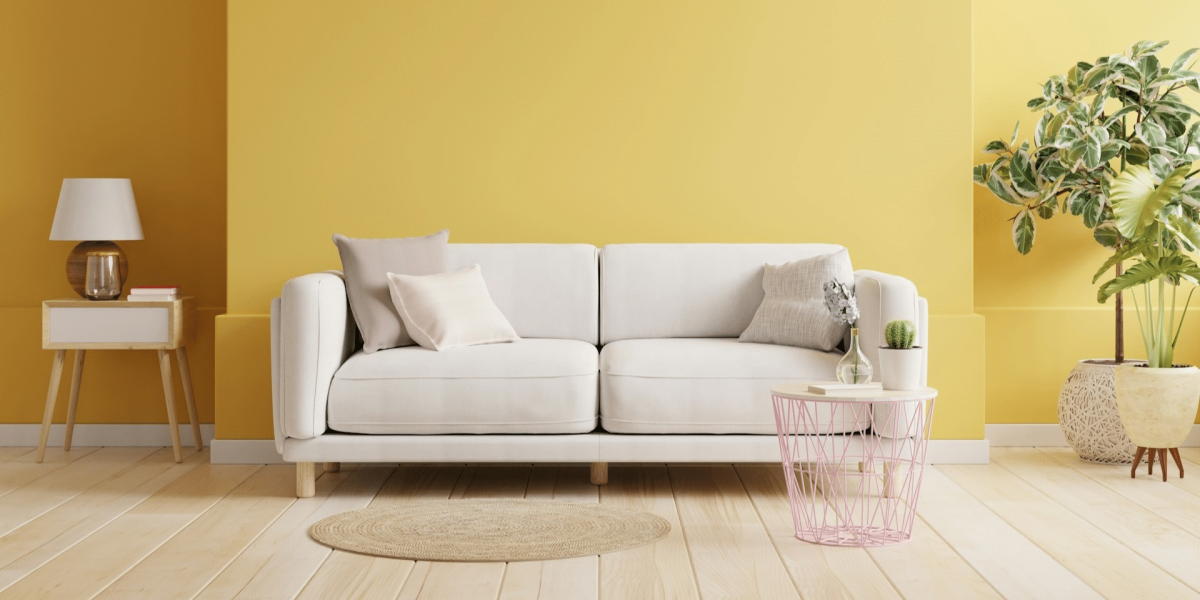Interior design, often celebrated for its creativity and innovation, is a multifaceted profession that encompasses a wide range of challenges. From managing client expectations to staying abreast of ever-evolving trends and technologies, interior designers face a myriad of obstacles in their quest to create beautiful and functional spaces. Understanding these challenges is essential for aspiring designers and industry professionals alike, as they navigate the complex landscape of interior design.
Client Expectations and Budget Constraints
One of the primary challenges interior designers encounter is meeting the diverse and sometimes conflicting expectations of clients. Each project comes with its own set of requirements, preferences, and budgetary constraints, making it imperative for designers to strike a delicate balance between creativity and practicality. Managing client expectations while staying within budget can be a daunting task, requiring effective communication, negotiation skills, and a keen understanding of design principles.
Keeping Up with Trends and Technologies
In an industry characterized by rapid change and innovation, staying abreast of emerging trends and technologies is essential for interior designers. From the latest color palettes to cutting-edge materials and sustainable design practices, designers must continuously update their skills and knowledge to remain competitive in the marketplace. However, keeping up with trends can be challenging, as it requires dedication, research, and a willingness to embrace new ideas and technologies.
Project Management and Time Constraints
Effective project management is crucial for the successful execution of interior design projects, yet it poses significant challenges for designers. Coordinating with contractors, suppliers, and other stakeholders requires meticulous planning and attention to detail. Moreover, tight deadlines and time constraints can add pressure to an already demanding profession, necessitating efficient time management strategies and the ability to prioritize tasks effectively.
Balancing Creativity and Practicality
Interior design is an art form that requires a delicate balance between creativity and practicality. While designers strive to create aesthetically pleasing spaces that reflect their clients’ tastes and personalities, they must also consider functionality, comfort, and usability. Achieving this balance can be challenging, as it often involves making compromises and trade-offs to satisfy both artistic vision and practical requirements.
Industry Regulations and Compliance
Navigating the complex web of industry regulations and compliance standards is another challenge interior designers face. From building codes and zoning regulations to health and safety requirements, designers must ensure that their designs meet legal and regulatory guidelines. Failure to comply with these standards can result in costly delays, legal issues, and reputational damage, highlighting the importance of thorough research and adherence to best practices.
Takeaway
Interior design is a dynamic and rewarding profession that presents a multitude of challenges for practitioners. From managing client expectations to staying ahead of trends and technologies, interior designers must navigate a complex landscape fraught with obstacles. However, by embracing creativity, honing their skills, and staying informed about industry developments, designers can overcome these challenges and create spaces that inspire, delight, and endure. As the interior design industry continues to evolve, it is essential for professionals to adapt to change, innovate, and push the boundaries of what is possible in the realm of design.















